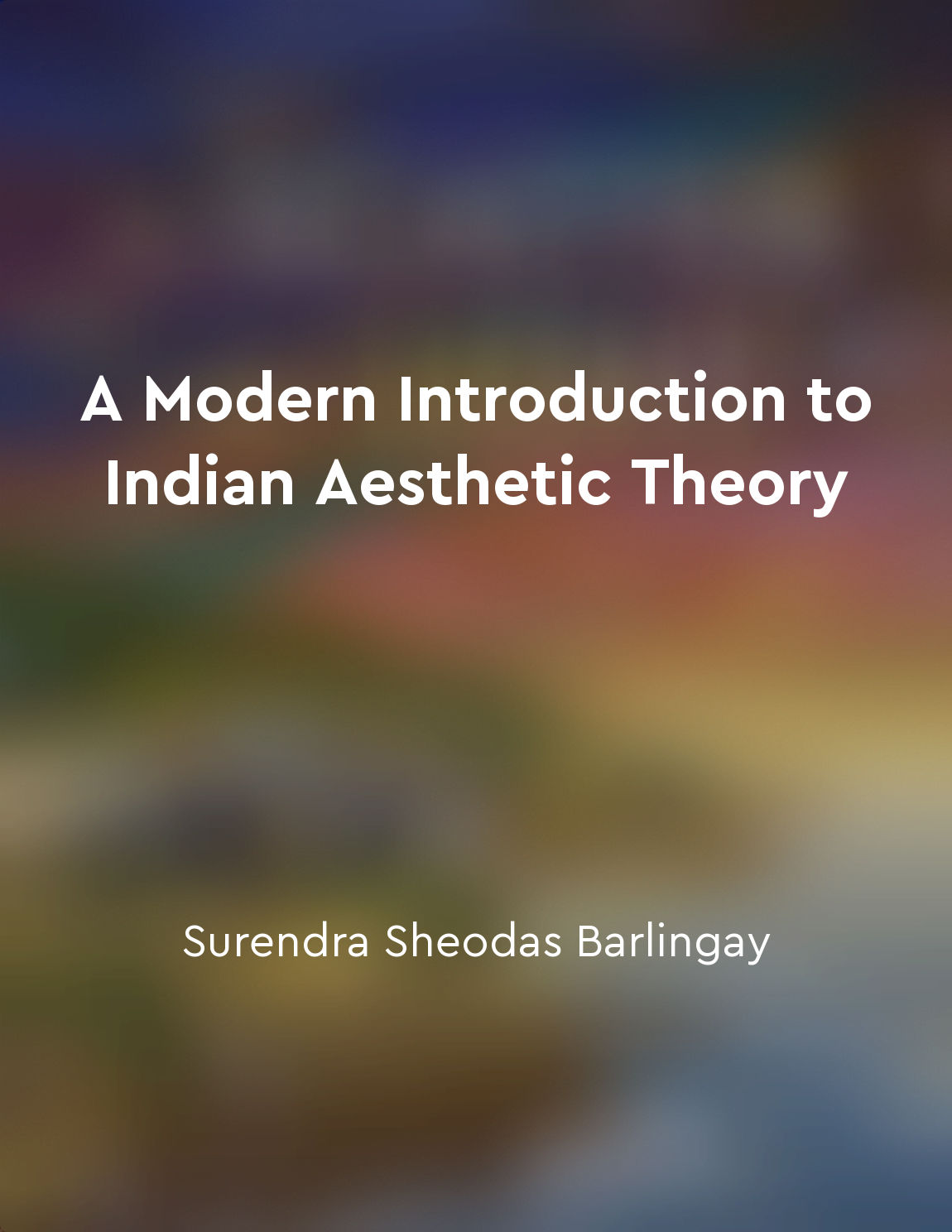The nine Rasas and their emotional impact from "summary" of A Modern Introduction to Indian Aesthetic Theory by Surendra Sheodas Barlingay
The nine Rasas, or emotional essences, are central to Indian aesthetic theory. These Rasas are not merely emotions but complex emotional states that are experienced through various art forms such as dance, music, and literature. Each Rasa represents a specific emotion and is believed to evoke a particular emotional response in the audience.
The nine Rasas are: Shringara (love), Hasya (laughter), Karuna (compassion), Raudra (anger), Veera (courage), Bhayanaka (fear), Bibhatsa (disgust), Adbhuta (wonder), and Shanta (tranquility). These Rasas are interconnected and can blend with one another to create a range of emotional experiences for the audience.
Each Rasa has a specific impact on the audience, eliciting a particular emotional response that can range from joy and laughter to fear and disgust. For example, the Rasa of Shringara evokes feelings of love and romance, while the Rasa of Raudra evokes feelings of anger and aggression.
The concept of Rasas is not limited to any particular art form but is applicable across various artistic expressions. The idea is to evoke these emotional states in the audience through the skillful manipulation of artistic elements such as music, rhythm, movement, and imagery.
By experiencing the Rasas, the audience is transported into a world of heightened emotional intensity, where they can connect with the deeper aspects of human experience. The Rasas serve as a means of emotional catharsis, allowing the audience to explore and understand their own emotions in a safe and controlled environment.The nine Rasas and their emotional impact form the foundation of Indian aesthetic theory, providing a framework for understanding the power of art to evoke profound emotional responses in the audience. Through the Rasas, artists can create transformative experiences that resonate with the audience on a deep emotional level.

Open in app
The road to your goals is in your pocket! Download the Oter App to continue reading your Microbooks from anywhere, anytime.


